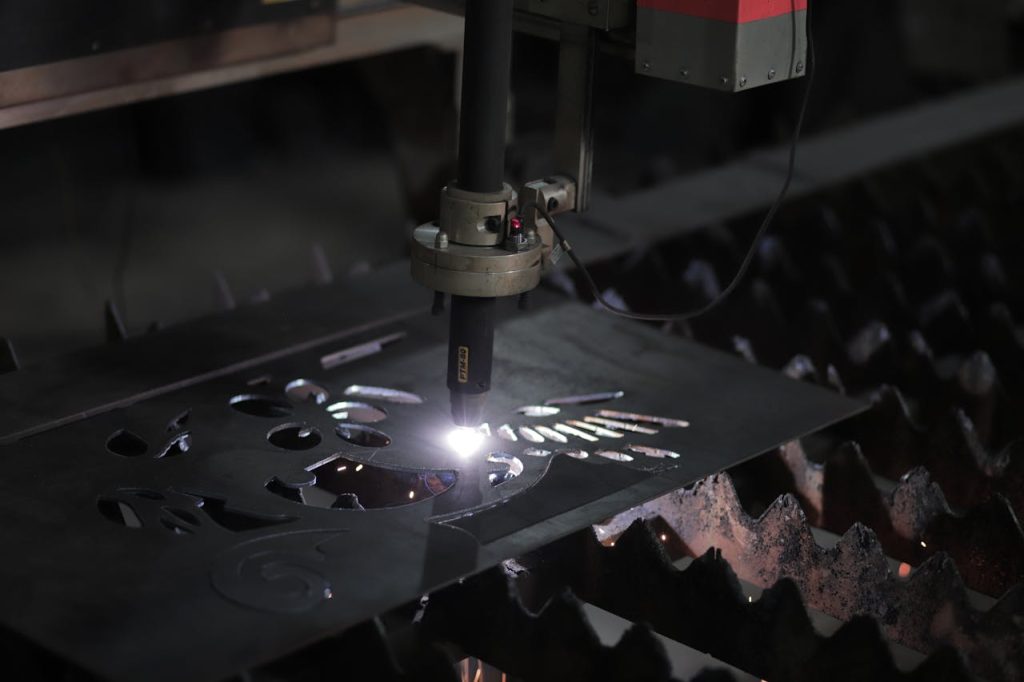As more and more manufacturers turn to automate their production lines, we have recently seen an increase in the applications of collaborative robots, otherwise known as cobots. Much like its name suggests, cobots are specifically designed to work together with human employees, meaning that they are often smaller and more compact than their traditional industrial counterparts. They also do not need protective enclosures to ensure the safety of nearby human workers.
Despite these differences though, cobots are still designed to help relieve work from human workers. As such, they are usually responsible for taking over tedious, monotonous, or strenuous tasks. This can include things such as lifting heavy objects, screwing, welding, or painting, to name a few.
That being said, while the explosive growth regarding cobots is often thought of as a positive, it can sometimes be a double-edged sword. This means there are still many myths and misconceptions prevent regarding the impact of cobots in all industries.
In this article, we will be tackling and explaining some of the most common concerns and myths regarding cobots, that are becoming increasingly prevalent. So, for those of you who want to learn more about cobots and what they can and can’t do, keep reading below!
Cobots will replace human workers
One of the most popular myths is that cobots will steal jobs from human workers, by limiting their numbers. However, a few experts have stated the opposite – that cobots most likely create more jobs, enabling human workers to move into better, safer, and more engaging roles. For instance, cobots can take over all the repetitive and monotonous tasks in a business, allowing human workers to move on and focus on more complicated, creative, and strategic tasks. As cobots improve productivity in certain areas of a business, most companies find themselves in a position to hire more people!
According to some studies, only 30% of jobs will be fully automated by 2030. As such, cobots can help to increase productivity in most jobs by up to 50%, without necessitating job losses. This is because in the long run, no machine is able to replace human dexterity, critical thinking, decision-making, and creativity.
They are dangerous to work with
In this case, it seems that most people are mistaking cobots for traditional, industrial robots. This is because traditional robots cannot work side by side with human workers without some serious safety concerns. As such, they must often be put in enclosures or safety cages. On the other hand, cobots are designed specifically to work in the same areas as human employees without safety barriers. In fact, many cobots are outfitted with sensors in order to detect things going on in their immediate environment. If a human worker accidentally bumps into a cobot, the cobot will immediately engage its safety features and slow or shut down. Meaning there is less of a chance accidents will occur.
Cobots are expensive
While most traditional industrial robots are expensive, the cost of cobots is relatively lower. In fact, upfront costs for cobots are typically only around 20% of a traditional robot, and they have an average payback period of under 12 months. Cobots are also very cost-effective and can be installed and onboarded without needing major infrastructure changes. Additionally, unlike traditional robots, they can be redeployed to different tasks in the production line at any time.
Moreover, some cobots are available through a Robot-as-a-service (RaaS) business model. This means the provider allows users to subscribe for a low monthly fee, instead of buying the cobot outright. Other unique financing opportunities and considerations regarding cobots have also been cropping up recently as well.
Automation is only for large-scale manufacturing
While the typical image of a robot is bulky and generally only used on large production lines, cobots are the opposite. In fact, operations of any size can take advantage of using cobots in their workflow. On the whole, cobots are made to drive productivity and lighten the workload on human employees, so even one small cobot can save an immense amount of time. They are also flexible enough to do tasks such as pick and place, packaging and palletizing, gluing, dispensing, and more. It also makes the cost of production lower as a whole.
Moreover, when deploying cobots, it is easy to scale and test your solution as needed. For example, you can simply start with a smaller-scale cobot to do one specific task as a proof of concept. Once the business has realized how much time and cost a cobot can provide, it can quickly upscale and add more cobots to help them in the manufacturing process.

